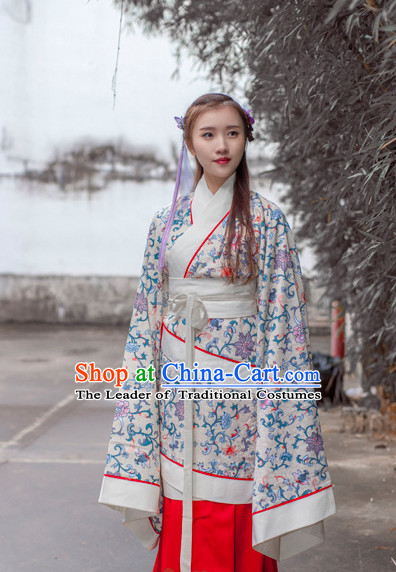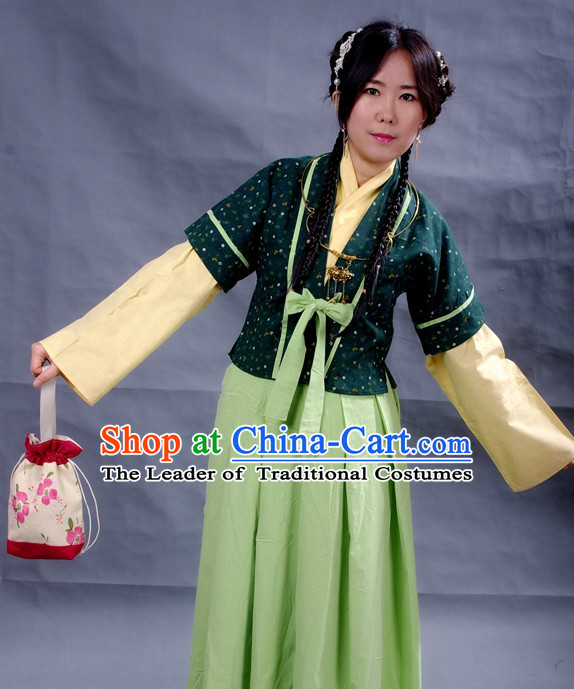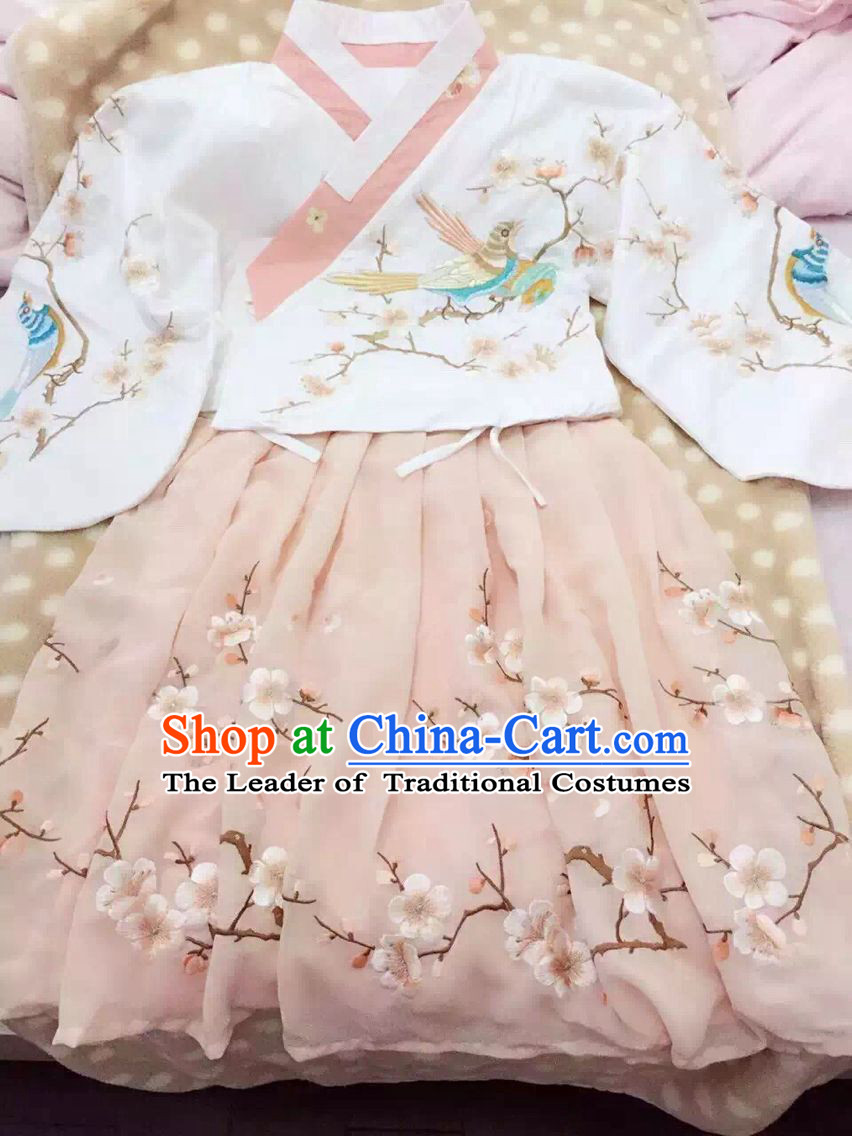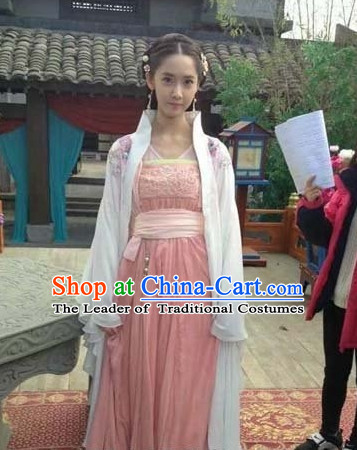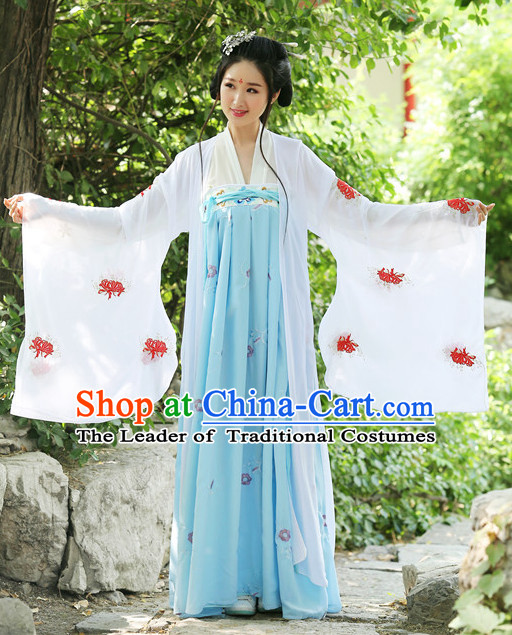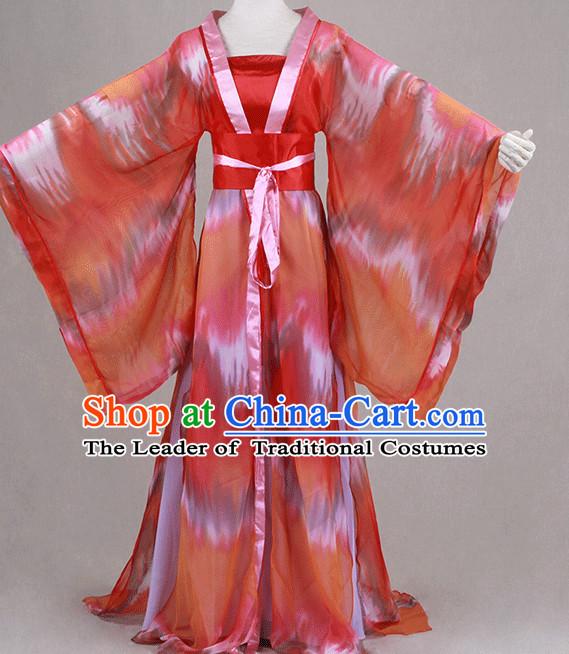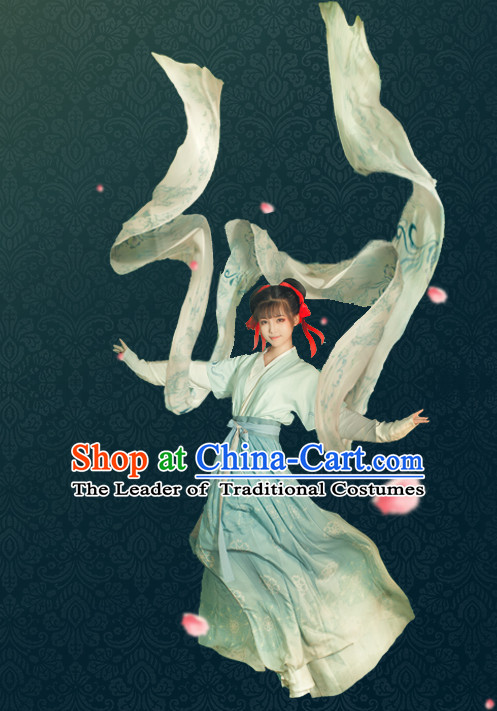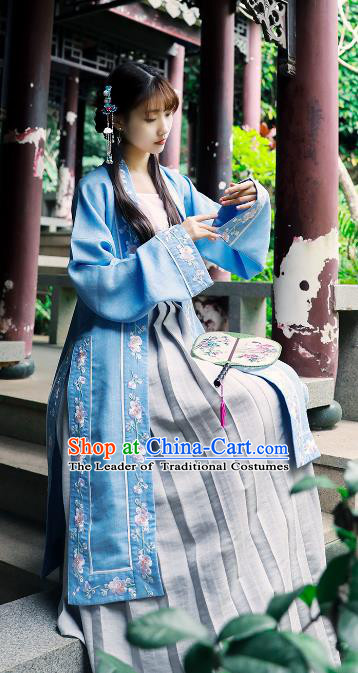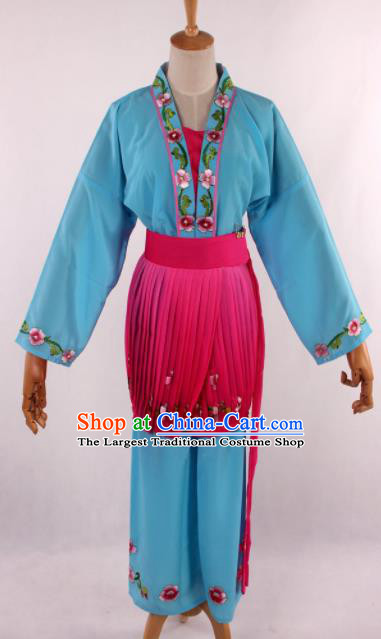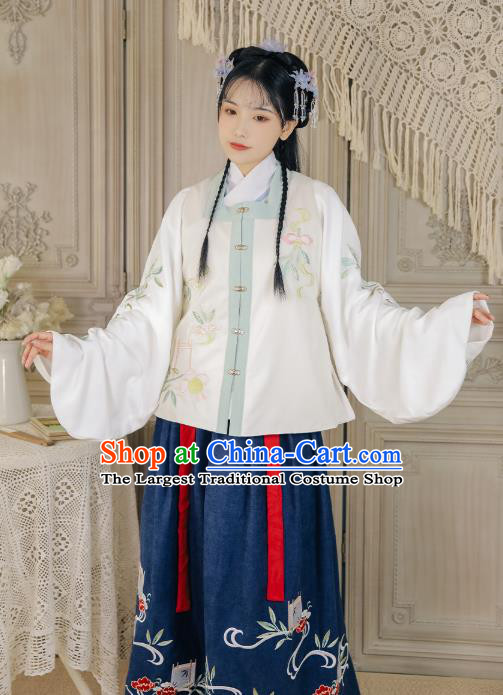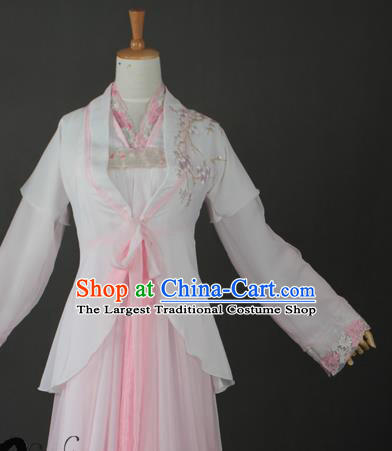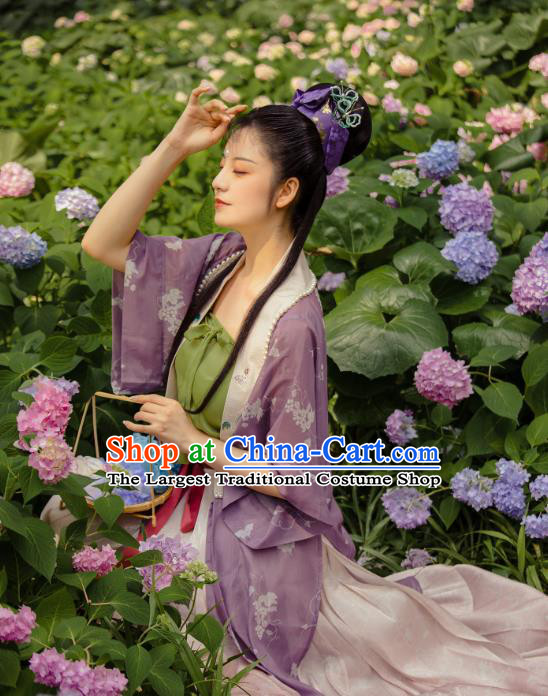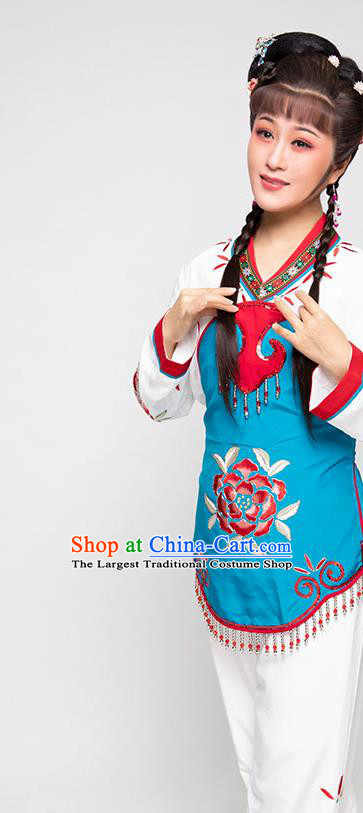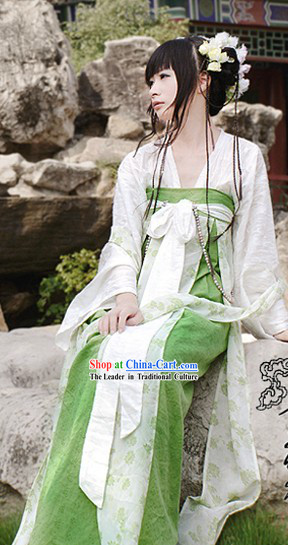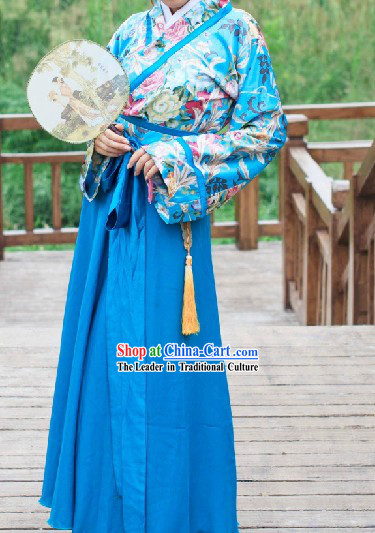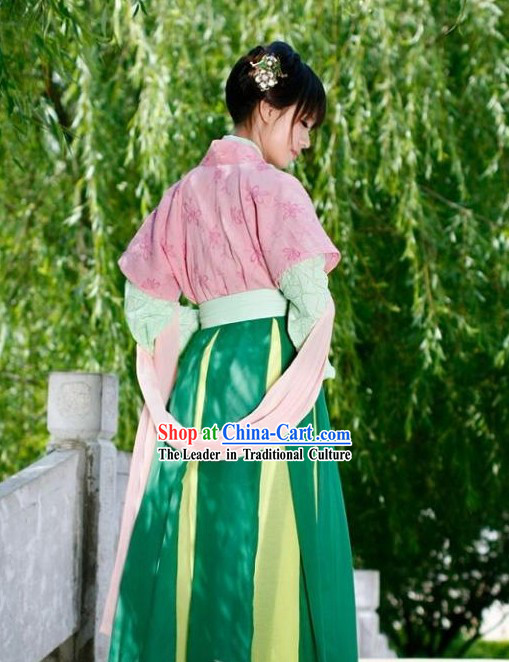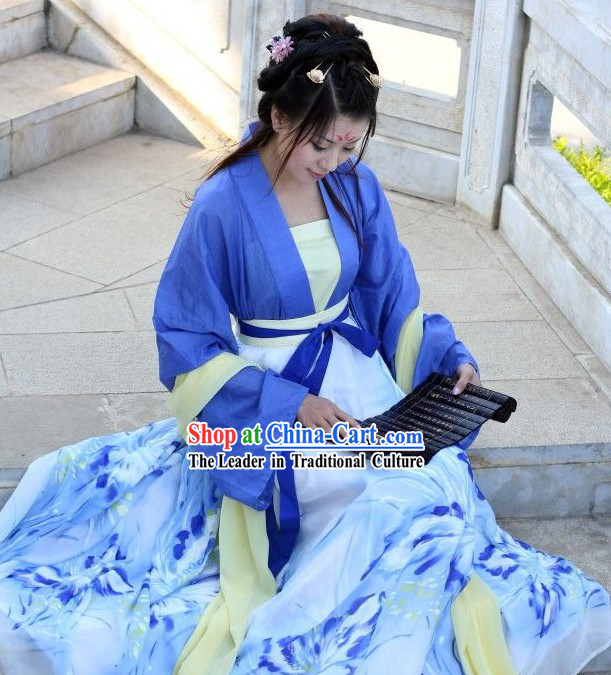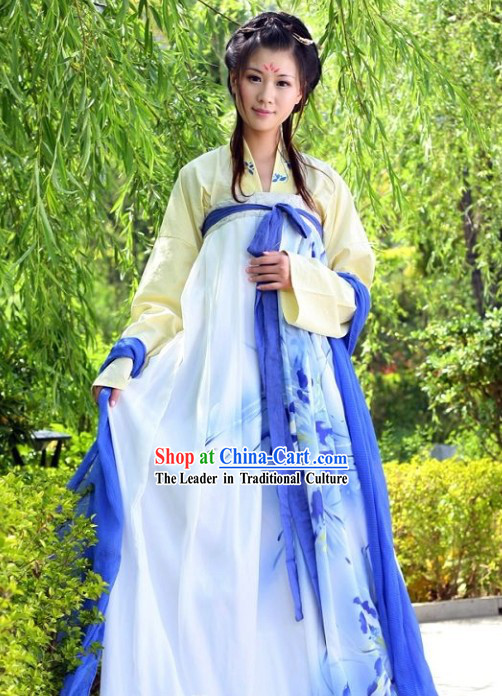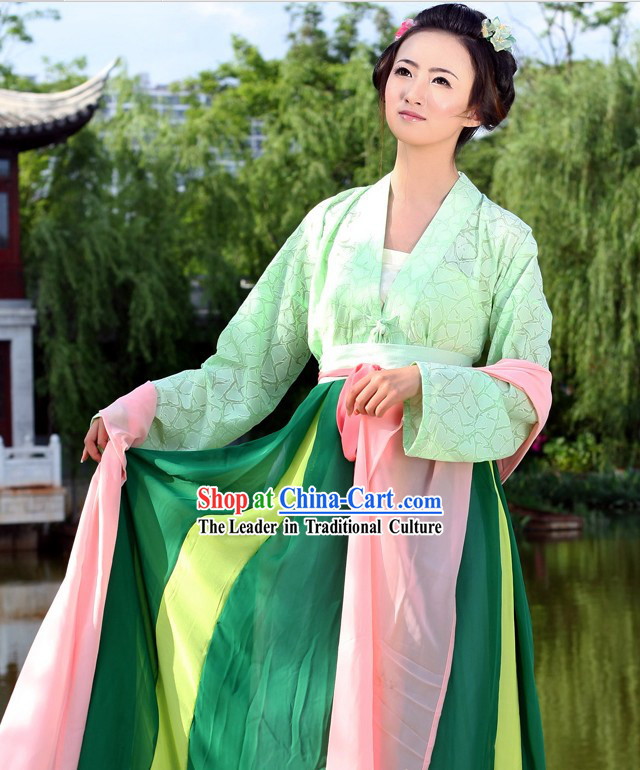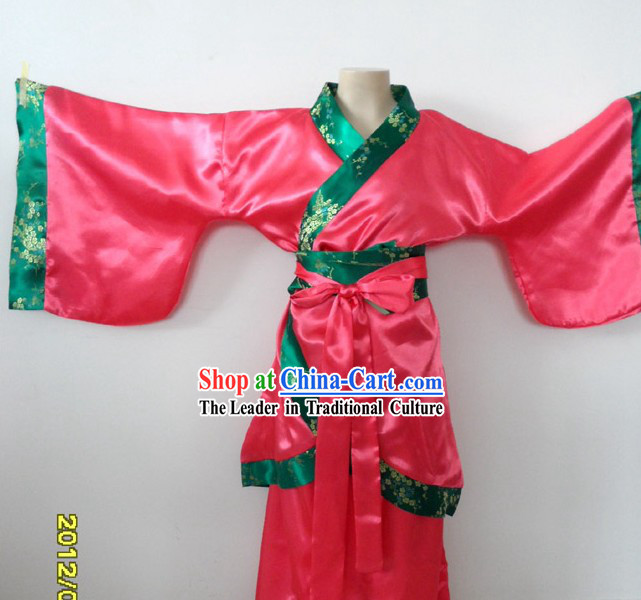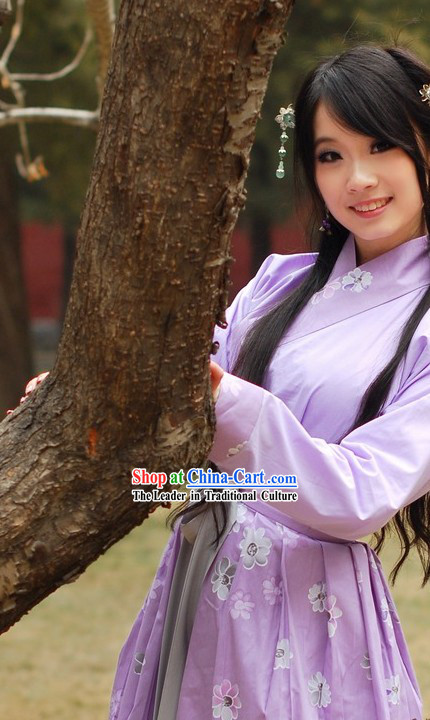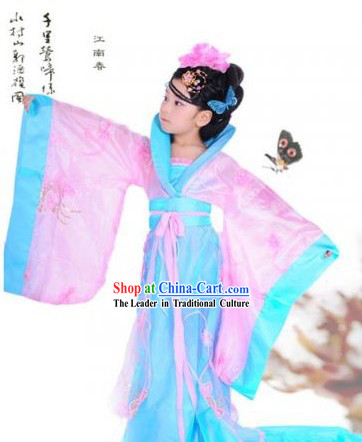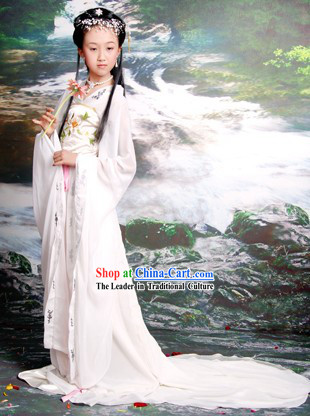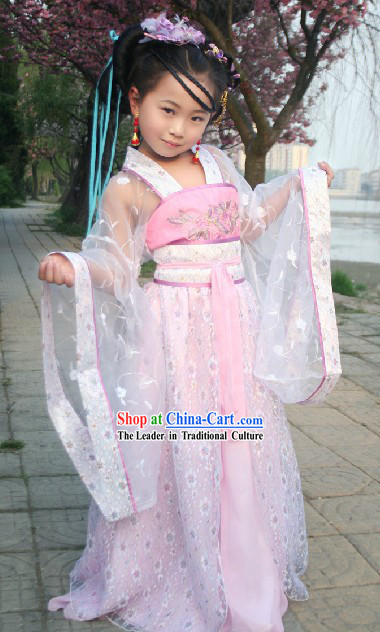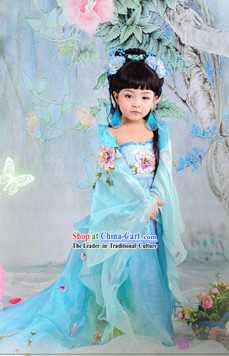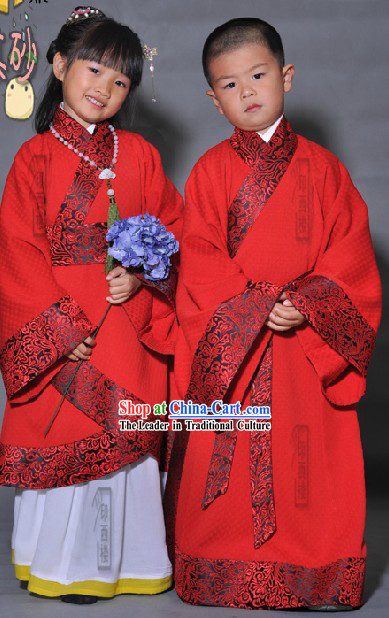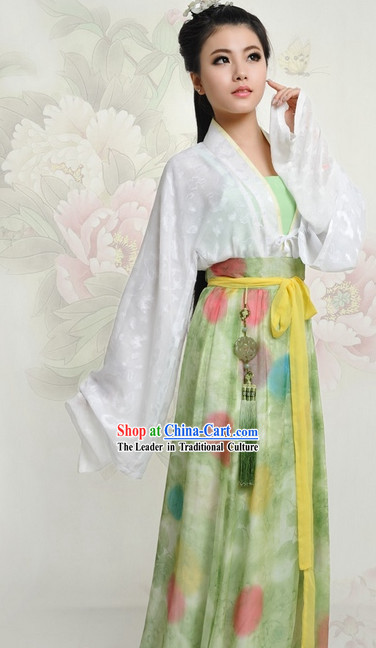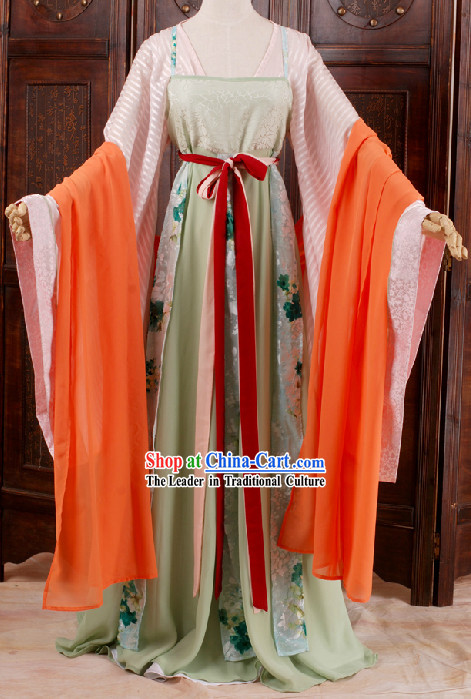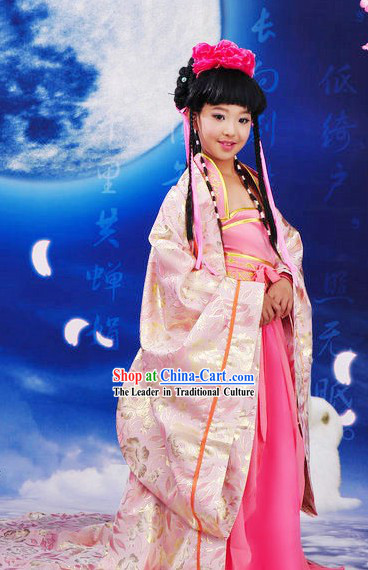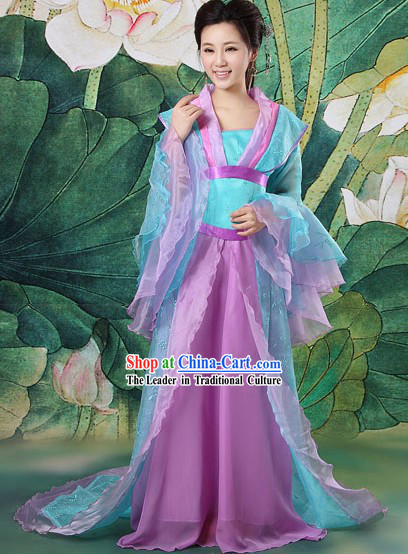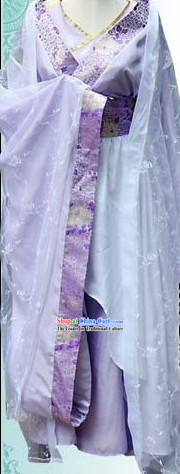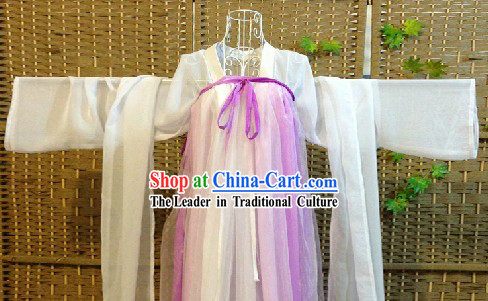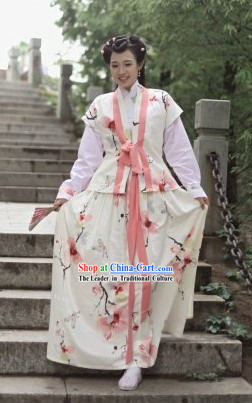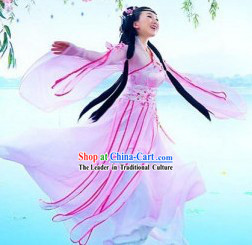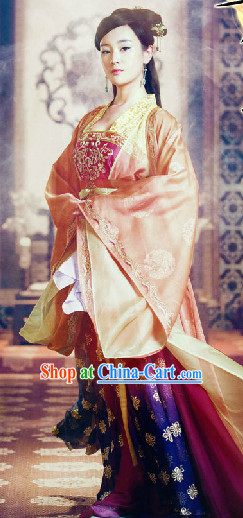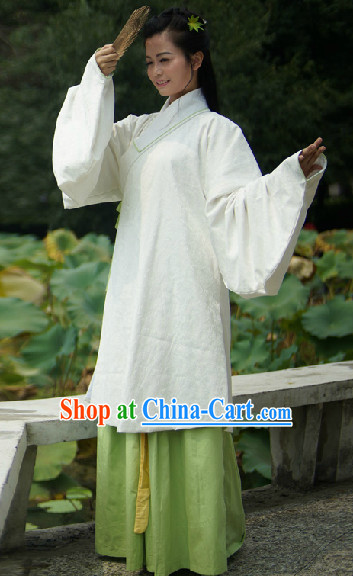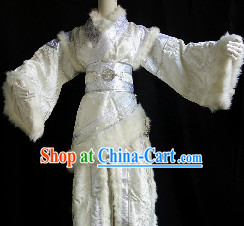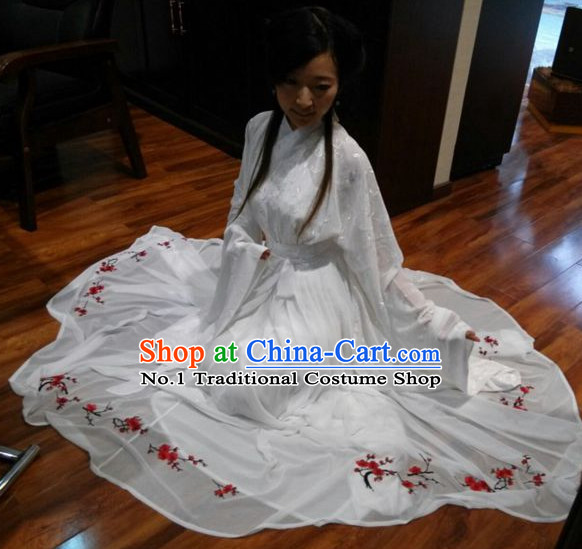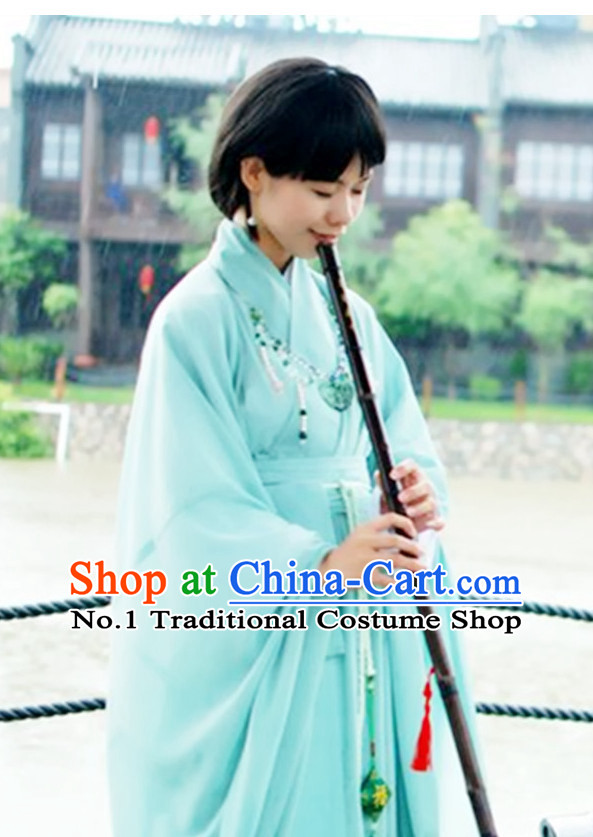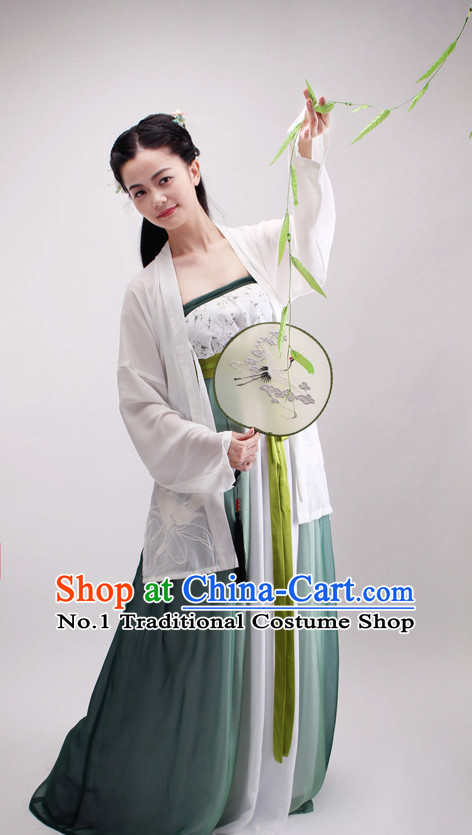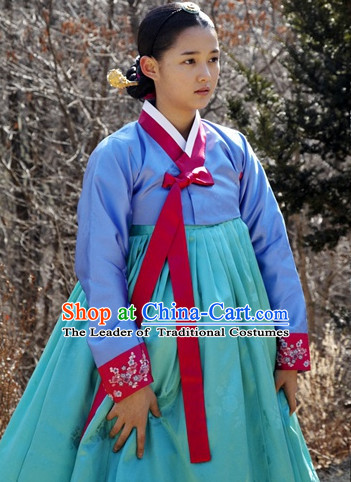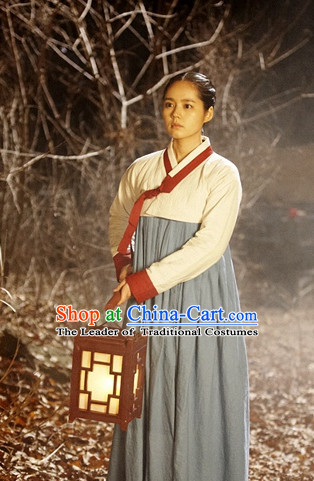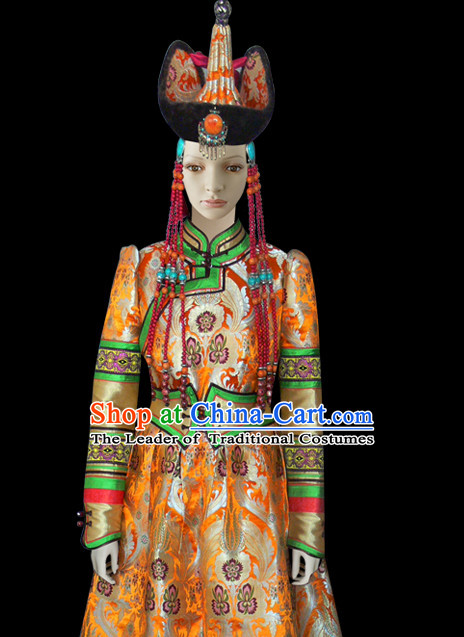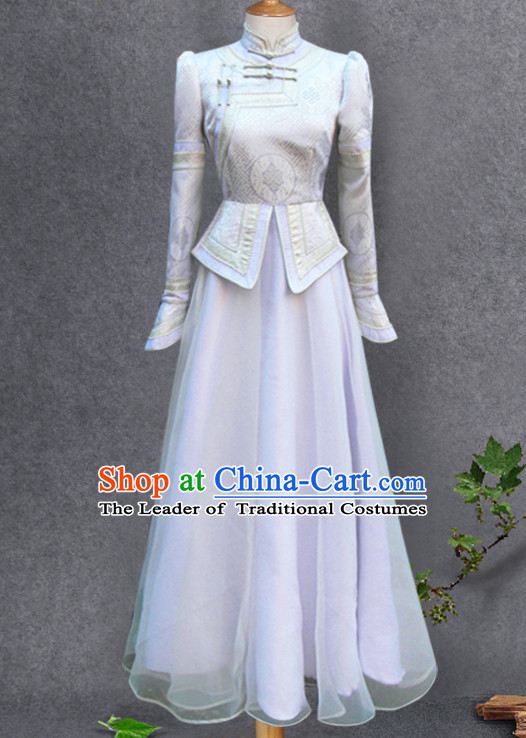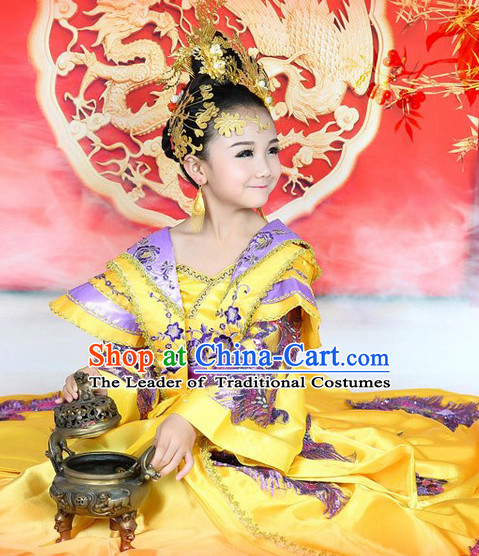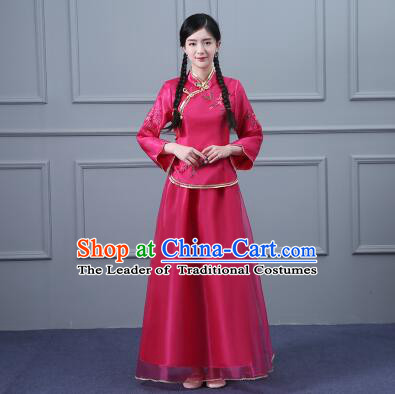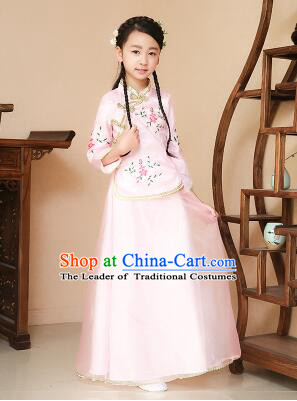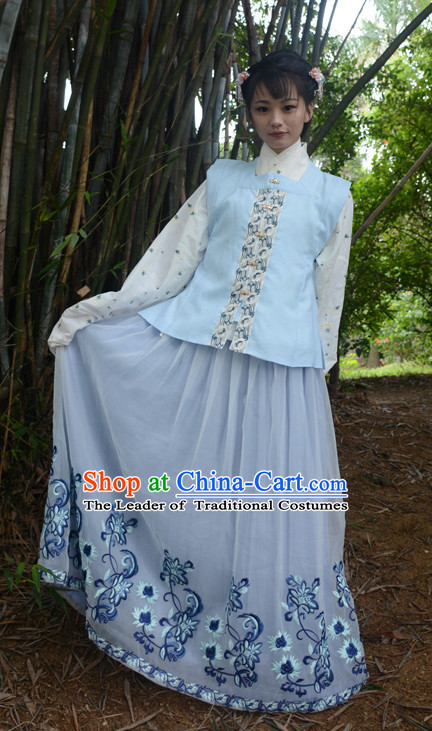
Click Related Pictures for More Audios:
Clothing for women or girls in ancient China, with its unique design and exquisite craftsmanship, showcases rich cultural connotations and historical significance.
These garments are typically made from high-quality materials such as silk and cotton, featuring vibrant colors and intricate patterns.
They are not only practical but also carry the cultural traditions and aesthetic values passed down through generations.
In ancient China, women's clothing was subject to strict hierarchical rules, with different classes of women wearing distinct styles.
For example, members of the royal family wore magnificent dragon robes and phoenix crowns, while ordinary people wore simple blouses and skirts.
These garments reflected the social hierarchy and class differences of that time.
Furthermore, ancient Chinese women's clothing also had symbolic meanings.
For instance, red was considered an auspicious color, so many women would choose red clothing to pray for good luck.
Meanwhile, certain patterns and decorations held special meanings, such as bowknots representing happiness and harmony, and lotus flowers symbolizing purity and innocence.
Over time, ancient Chinese women's clothing evolved into a part of modern fashion.
While modern designers innovate while retaining traditional elements, we can still see traces of ancient culture.
For example, traditional garments like qipao and hanfu have been reinterpreted and developed in modern society, becoming important carriers of Chinese cultural charm.
In conclusion, ancient Chinese women's clothing is not only a practical item of daily life but also an artistic work that carries rich cultural connotations and historical significance.
By appreciating and studying these garments, we can better understand ancient Chinese lifestyles, values, and pursuit of beauty.
